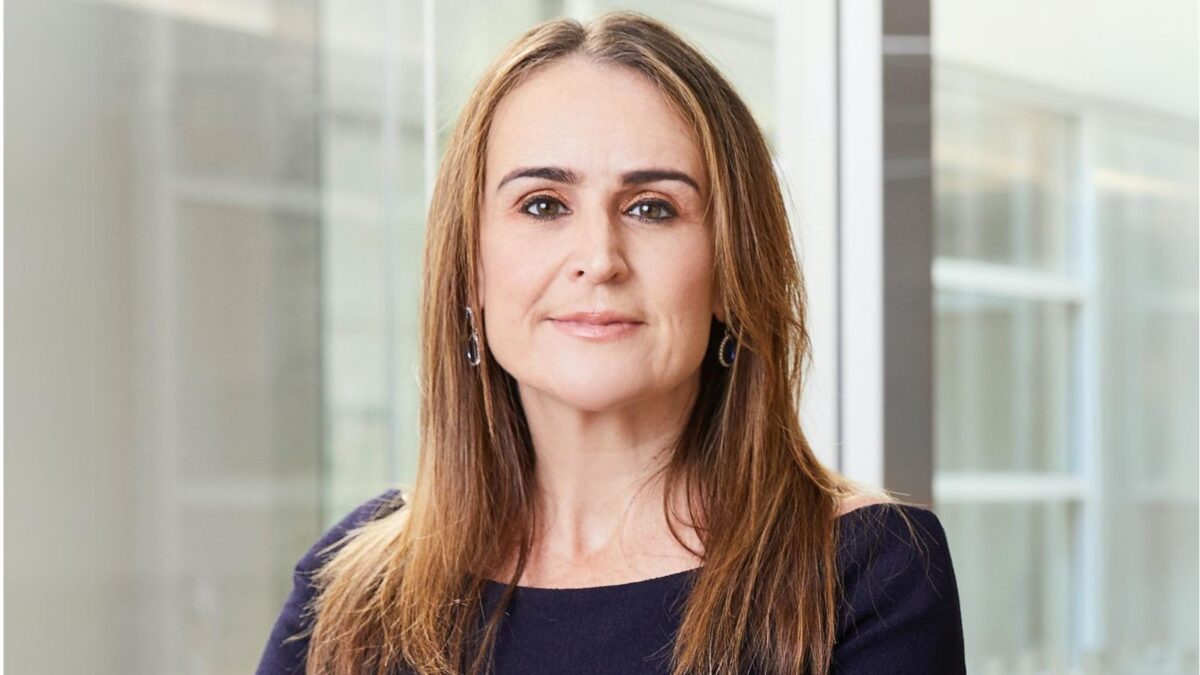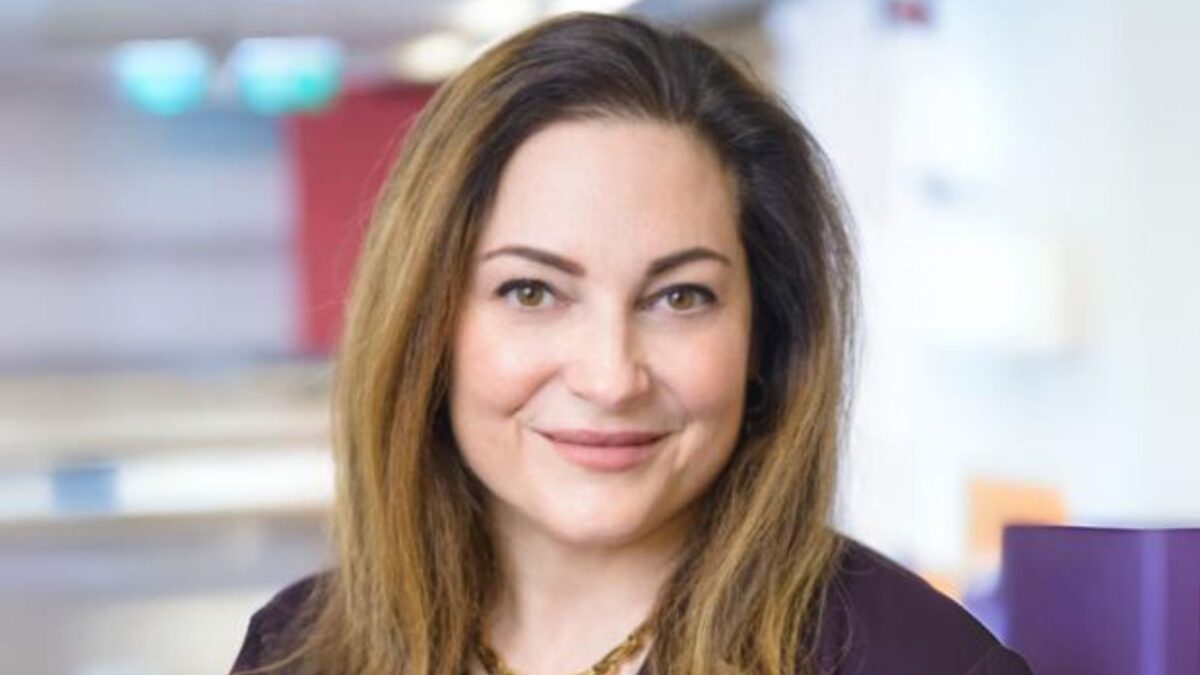Offshore investing by super funds boost custodian business
(Pictured: David Braga)
Led by a surge in business at JP Morgan, Australian assets invested offshore under custody and administration rose 14.5 per cent in the six months to June 30, according to figures released last week by the Australian Custodial Services Association.
JP Morgan clients, which include funds such as AustralianSuper and the recently won Cbus, lifted their offshore exposures 53 per cent to $232 billion. JP Morgan is the largest custodian of Australian-owned assets invested offshore.
Citigroup, which won its first industry fund client last year – HostPlus – saw a 17.4 per cent rise in Australian-owned assets invested offshore, to $107 billion.
Australian-owned assets invested offshore total $740 billion out of $2.46 trillion under custody and administration. That total pie grew a modest 6.3 per cent compared with the previous period. Australian-owned assets invested in Australia rose a marginal 3.3 per cent and foreign-owned assets invested in Australia were up 8.2 per cent.
NAB Asset Servicing remains the largest overall player in the custody market with $673 billion in total assets under custody for Australian investors (up 6.6 per cent for the six months), followed by JP Morgan ($464 billion, up 10.5 per cent), BNP Paribas ($312 billion, up 2.3 per cent) and Citi ($257 billion, up 1.1 per cent).
These four custodians collectively manage almost 70 per cent of assets under custody, with the remaining share of assets under custody held by State Street, Northern Trust, HSBC Bank, BNY Mellon (mostly through NAB), Bond Street (Macquarie), RBC Investor Services and Netwealth. HSBC Bank retains its position as the major sub-custodian in Australia with $684 billion in sub-custody assets (up 10.3 per cent), a figure that represents 66 per cent of all Australian sub-custody assets.
The trend by big super funds to offer member-directed investment options may present a challenge for some custodians going forward. Some funds, for instance, require their MDIO providers to leave the assets with their current custodians while others require a move of these pools of separately managed accounts to another custodian, which may be an investment bank, such as UBS.
David Braga, chair of ACSA, said: “In addition to the role as safe keepers of close to $2.5 trillion of assets, the past 12 months have seen additional demands for regulatory reporting that highlights the role of custodians as primary record keepers and providers of investment infrastructure.
“The importance of the role our members play to control assets on behalf of investors will be emphasised in January 2015 with ASIC’s revised rules for custodians (RG133 Holding Assets). And then, looking forward to 2016, the potential changes by the ASX to introduce T+2 settlement and new CHESS infrastructure.”










